
views
X
Research source
Casting the Reel
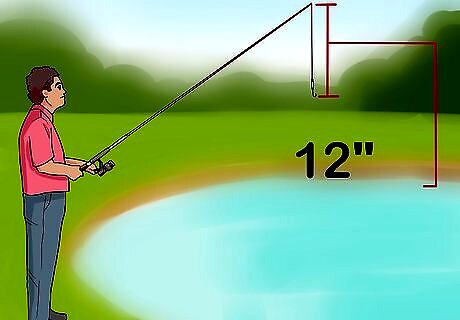
Reel in the line. Reel the line in until your bait or lure is 6 to 12 inches (15 to 30 centimeters) from the rod tip. If you have a sinker or bobber attached to the line, it should be 6 to 12 inches from the rod tip instead.
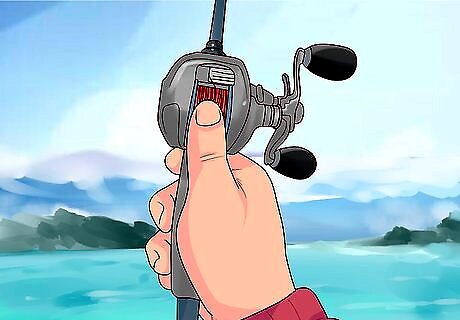
Hold the reel properly. Grip the rod behind the reel with your thumb resting over the reel spool. Baitcasting rods are designed the same as spincasting rods, and as with spincasting rods, most fishermen cast with the same hand they retrieve with, so if you prefer to hold the rod behind the reel when you retrieve, you'll need to switch hands when you cast. You may want to rest your thumb at a slight angle on the spool instead of pressing the very flat of it on the line. This will give you more control over the flow of the line during the cast. Picture yourself by the water's edge, poised to cast your line. First, perfect your stance: dominant hand gripping the rod, the other operating the reel. Angle the rod gracefully at 45 degrees, thumb gently on the spool for line control. Now, for the magic of the cast. Engage your whole body, coil your torso and shoulders for power, and with a flick of your wrist, launch your lure towards its target. Timing is key. As your lure glides through the air, release that thumb pressure at the exact moment, letting the line flow freely. To avoid dreaded backlash, apply a touch of thumb control as your lure nears its destination. With practice and patience, master timing and thumb finesse for precise, impressive casts.
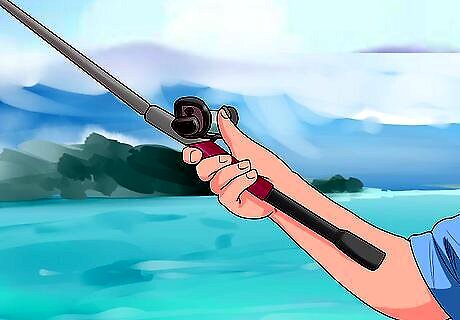
Turn the rod so the reel handles point up. As with spincasting gear, this lets you use your wrist when you cast. If you cast with your opposite hand, the handles should point down.

Press the reel spool release button. Baitcasting reels made since the 1970s have a mechanism to disengage the reel spool from the handles so they don't turn during the cast, allowing for longer casts. The first such models had the button on the side of the reel; most models today feature a release bar behind the spool that you press with your thumb when you rest it on the reel spool.
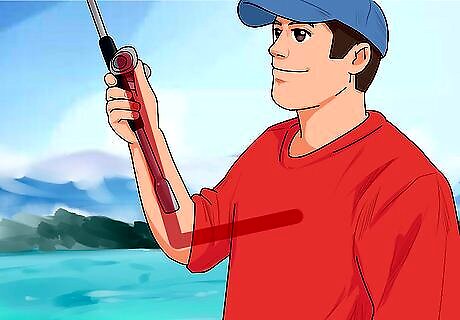
Bend your casting arm. You need to bend your casting arm at the elbow so that the crook of your arm begins to approach a right angle. As you do, raise your rod until its tip goes slightly past vertical. This will give you the correct positioning to send the line out.

Sweep the rod forward until it reaches eye level. This is about 30 degrees above horizontal, or the "10 o'clock" position. As you do so, lift your thumb off the reel spool enough so that the weight of your bait or lure pulls line off the spool as it is propelled toward the target. If you are casting with a long-handled baitcasting rod of the kind used in saltwater fishing, you'll want to use your opposite hand as a fulcrum from which to pivot the rod as you cast.
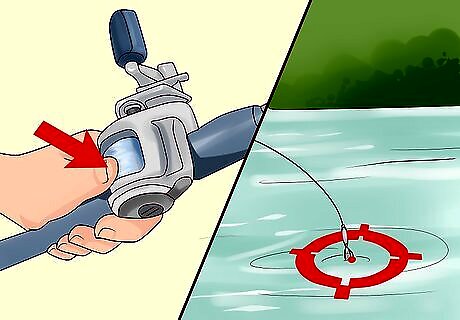
Press down on the reel spool with your thumb to stop the bait when it reaches the target. This is similar to pressing the button on a spincasting reel to brake the line; however, not applying your thumb soon enough leads to the spool continuing to turn after your bait hits the water, creating an overrun or "birds nest" that you'll have to straighten out before you can retrieve your lure.
Gathering the Right Equipment
Choose a baitcasting reel. Newer models have several features, like the cast control brake and friction cast control, that might be lacking in older models. But the most important thing when choosing a baitcasting reel is to pick one that feels good in your hand and fits your fishing needs. Go to a store that sells baitcasting reels and hold a few. Or, if you prefer the older models, try finding one at an antique shop. Choosing the ideal baitcasting reel is a pivotal decision for any angler. To make the right choice, consider factors like your target species, fishing environment, preferred gear ratio, and braking system. A well-informed decision ensures a smoother and more productive fishing experience.

Choose appropriate bait. Baitcasting tackle is not suited for casting baits or lures weighing a quarter ounce or less. If you like to take several rods with you when you fish, carry a rod with a spincasting reel for the lighter weight lures and a rod with a baitcasting reel for the heavier lures.

Get some protective waders. Fishing waders can offer protection from the cold water you’re fishing in, from accidentally snagging your skin with a bad cast (especially while you’re learning), or from various cuts and bruises if you accidentally take a tumble.
Choosing a Location
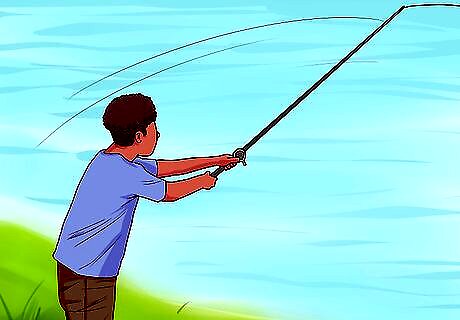
Practice away from water. Practice your casting techniques away from the water as well as on it. Away from the water, replace your bait or lure with a rubber practice plug or metal sinker. Practice in an open area, away from overhead trees.
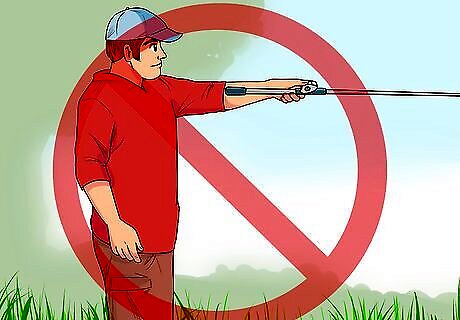
Avoid heavy brush. When you are choosing an area to cast in, pick a place that has minimal brush, especially overhead. Your bait can get easily caught in the branches and this will cost you much precious time to retrieve. It’s important to avoid heavy brush or your lure may get stuck when you bring the rod forward to cast. If this happens, the entire spool of line can get tangled (called a bird’s nest) and destroyed.
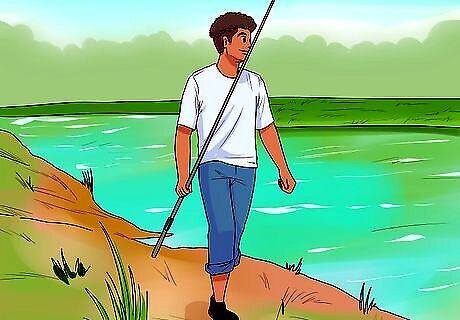
Choose an isolated location. It can be dangerous to try baitcasting in a place where too many people are around. You have to constantly make sure no one is behind you or too close to you in order to make sure you don’t accidentally snag them with your lure. And being hyper aware of your surroundings takes away some of the relaxing joy of baitcasting anyways.

















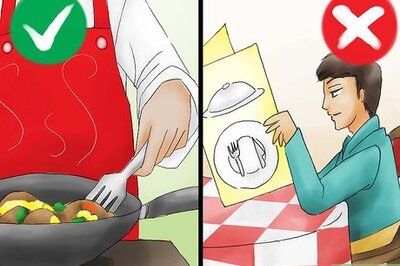


Comments
0 comment